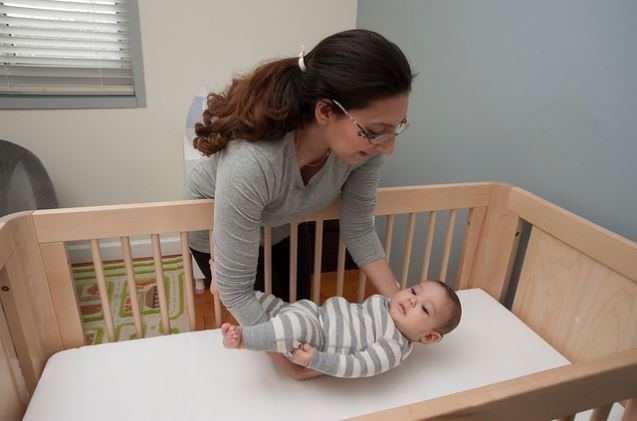
Welcoming a newborn into your family is a profound joy, but it also comes with immense responsibility. One of the most crucial aspects of caring for your little one is ensuring their sleep environment is safe. In this guide, we will delve into practical strategies to help you create a secure haven for your newborn. Drawing from both expert advice and personal experience, we aim to empower you to make informed decisions for your child’s safety.
1. Understanding the Importance of Safe Sleep
Creating a safe sleep environment is not just a recommendation; it’s a necessity. The American Academy of Pediatrics (AAP) emphasizes the importance of safe sleep practices to reduce the risk of Sudden Infant Death Syndrome (SIDS). By being proactive and mindful, you can ensure your baby sleeps soundly and safely.
2. Choose the Right Sleep Surface
Crib or Bassinet
Opt for a firm, flat mattress that fits snugly in the crib or bassinet. Avoid using soft bedding, including pillows, blankets, and bumper pads, as these can pose suffocation hazards. Instead, use a fitted sheet designed for the mattress size.
3. Maintain a Clutter-Free Zone
Declutter the Sleep Area
Keep the sleep space free from toys, stuffed animals, and loose blankets. A minimalist approach creates a safer sleeping environment. The less clutter, the lower the risk of accidents or suffocation.
4. Positioning Your Baby for Sleep
Back to Sleep
Always place your newborn on their back to sleep. This simple yet effective practice significantly reduces the risk of SIDS. It’s crucial to make this a habit from day one.
5. Temperature Control
Ideal Room Temperature
Maintain a comfortable room temperature between 68°F and 72°F (20°C to 22°C). Overheating can increase the risk of SIDS, so dress your baby in light layers and use a sleep sack instead of heavy blankets.
6. Avoid Smoking in the Home
Create a Smoke-Free Environment
Secondhand smoke is harmful to your newborn. Establish a smoke-free zone in your home and discourage smoking near your baby. This small change can significantly enhance your child’s health and safety.
7. Monitor Sleep Position
Use a Sleep Monitor
Consider investing in a baby monitor that can track your newborn’s movements. This technology allows you to keep an eye on your little one while providing peace of mind.
8. Share Your Room, Not Your Bed
Room-Sharing Practices
The AAP recommends room-sharing for the first six months. Keep the crib or bassinet close to your bed, allowing you to respond quickly to your baby’s needs while ensuring they have their own safe sleeping space.
9. Regularly Check the Crib Setup
Routine Safety Checks
Periodically inspect your newborn’s sleeping area for any hazards. Ensure the crib meets current safety standards and is free from damage or wear and tear.
10. Be Cautious with Sleep Positioners
Avoid Sleep Positioners
While some parents may consider sleep positioners, these can be risky. Stick to the basics: flat surfaces and back sleeping. Avoid any products that claim to keep your baby in a specific position.
Conclusion
Creating a safe sleep environment for your newborn is an ongoing commitment. By implementing these practices, you are taking significant steps to protect your little one. As a parent, your instinct is to nurture and care for your child, and ensuring a secure sleep space is one of the most loving acts you can perform.
